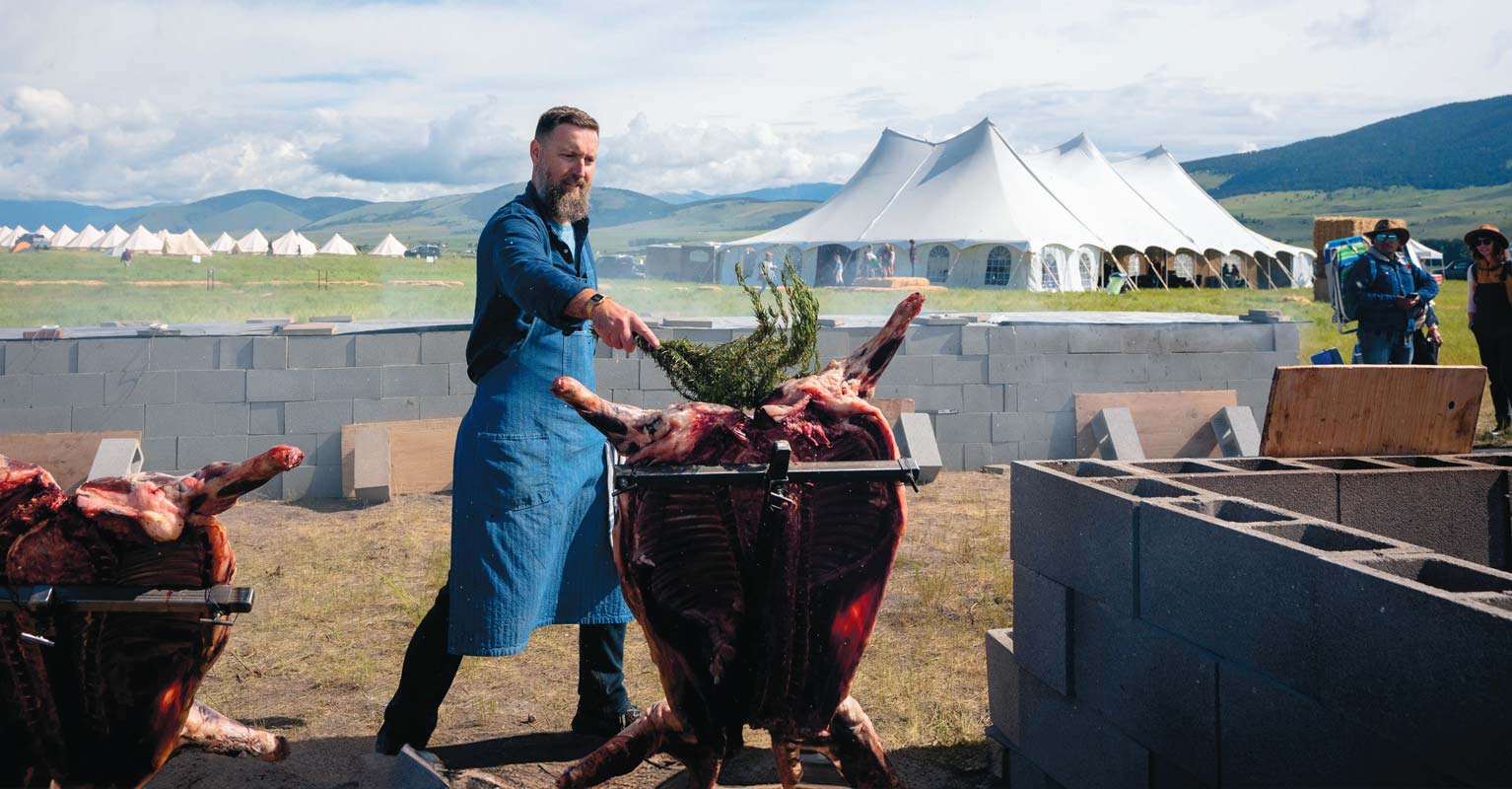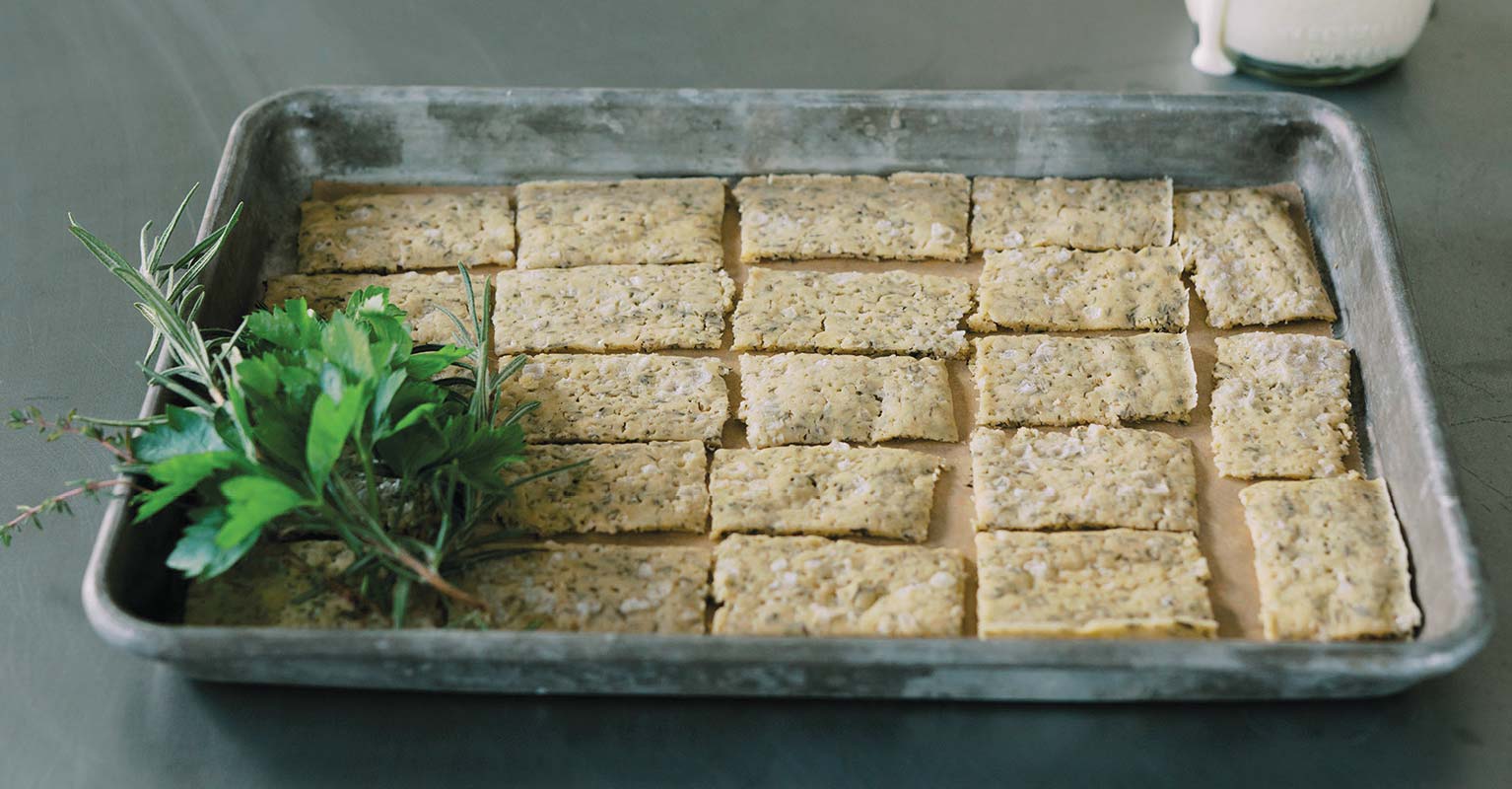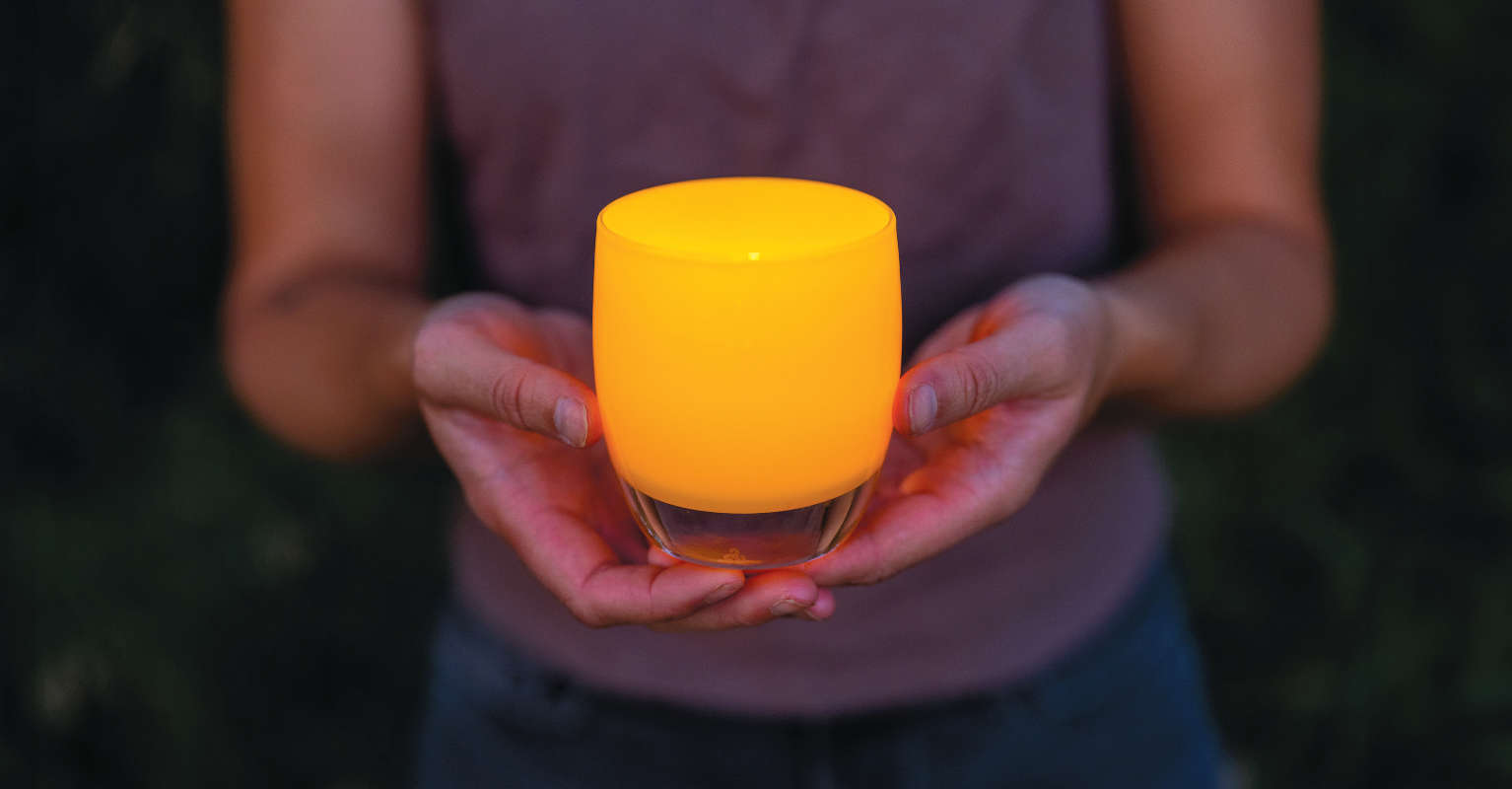Forty years ago, at the ripe young age of 14, I got my first job washing dishes during Sunday brunch at the fanciest restaurant in a small town in northern New Jersey. That experience was a pivotal moment in my lifelong love of making and eating good food.
One Sunday, the dessert girl didn’t show up, and I was enlisted to make peach melbas for the afternoon. Chef gave me my very first lesson in mise en place (which is French for “everything in its place”).
Standing in front of my 24-inch cutting board, he showed me a basket of peaches that needed to be washed, pitted, and halved. The raspberries were to be dredged in sugar. Cream needed to be whipped and set in a bowl over a larger bowl of ice. I set fresh mint leaves in a pinch bowl next to the whipped cream and a final plate of cookies. I had a paring knife on my board, an ice cream scoop resting in a small dish filled with cold water, a damp cloth for wiping down the work surface between orders, and a dry cloth for wiping dishes down before plating. (The ice cream was in a chest cooler next to the dessert station.) And lastly, I had a pile of crystal dishes ready for plating. His parting words were “clean as you go,” as he handed me another damp cloth.
The dinner service started, and about 30 minutes into the evening, the orders started coming in. The time prepping my station made all the difference in the world. I never missed an ingredient. The space stayed clear and clean. And when the night was done, the peaches were gone, the cleanup was easy, and I slept the sleep of having done a good night’s work.
I’m pretty confident that learning the basic steps of mise en place opened up the world of cooking for me. The simplicity and organization makes cooking a lot less daunting, especially when recipes call for multiple steps and lots of ingredients. Even when I’m winging it for a quick and easy dinner, I’ll mise en place the ingredients I want to use. Here’s the simple how-to:
Read the recipe. And not just the ingredient list. Read the steps, too, so for example, when it calls for boiling water you know to put a pot on the stove.
Gather the ingredients and supplies (like mixing bowls, sheet pans, knives, wooden spoons). Mentally (or physically) check them off the list.
Prep and pre-measure. Preheat the oven, boil the water, chop the veggies, measure the spices, weigh the flours. I often have a compost bowl next to the cutting board for any refuse from the prep for easy cleanup and removal.
Organize the prepped ingredients and supplies. Organizing the ingredients in the order they will be used and placing them within arm’s reach is super helpful when a recipe calls for quick action.
Clean as you go. Wash the dishes while the water boils, use the bench scraper to clean the cutting board after the sheet pan goes in the oven. Not only is this good for preventing cross contamination, it helps keep things organized and makes final cleanup really simple.




